People call it “black hat SEO” for a reason.
For years, SEO experts have looked down on so-called black hat strategists. Even today, marketers see black hat SEO as the dark side of search engine marketing.
Mostly, that shady stereotype is correct.
Back hat strategies involve everything from keyword stuffing and PBNs to content automation and tiered link building.
Most of those strategies get a bad wrap for a good reason.
But there is one thing you should keep in mind.
A black hat SEO is simply a good strategy gone wrong.
In fact, the chart below shows how black hat and white hat SEO strategies often work and the results they bring.
Most notably, though, you should notice that black hat strategies do work. They just aren’t as enduring as their white hat counterparts. But there is still something to them.
In other words, even though they’re shady, they can actually boost the recipient’s SEO.
Why, though, is that important?
Because a black hat SEO strategy is simply the unhealthy exaggeration of a white hat SEO strategy.
To say it another way, black hat SEO takes white SEO strategies and magnifies them to dangerous levels.
As you can see by this comparison below, that is almost exactly what defines a black hat SEO strategy.
With black hat SEO strategies, relevant content turns into duplicate content, relevant links turn into irrelevant content, and well-placed keywords turn into stuffed keywords.
And that insinuates something wildly important.
Namely, it shows us that a good SEO strategy is similar to a black hat strategy. You just have to do it in the proper moderation.
And that further means that you, the white hat SEO strategist, can learn a few tricks from black hat SEOs.
Let’s be honest: You and the black hat SEOs want the same things. You both want to claim your slice the of search engine traffic pie that accounts for 93% of online experiences.
And even though black hat and white hat SEOs seem to be at odds, the only difference between their strategies is how much the black hat SEOs exaggerate the legitimate tactics that actually work for white hat SEOs.
With that in mind, here’s a list of six different things that you, the white hat SEO, can learn from black hat SEOs.
1. Backlinks and PBNs
If you know one thing about SEO, it’s backlinks.
For a long time now, backlinks have been one of Google’s primary indicators as to which websites it should rank on the first page and which it should rank on the last page.
In fact, the strength of your link building strategy is the highest factor in Google’s decision-making process.
And according to one study, the more backlinks that a page has, the better that page will rank on Google on average.
Since gaining backlinks to your web pages is such an influential strategy on the SERP, black hat SEOs have leveraged the tactic as well.
But they do it in a slightly less reputable way.
White hat SEOs often rely on honest testimonials, guest blogging, and mutual partnerships to gain backlinks.
But for black hat SEOs, though, that’s not so much the case.
In fact, one of the primary black hat SEO methods for generating backlinks is the use of PBNs (Private Blog Networks).
PBNs have a network of inactive domains with pre-built SEO juice that they then use to link to your website.
Does it work?
Yes, it does.
Does it work for a long time?
Well, that depends on whether Google catches you or not. If Google finds out that a website is relying on backlinks from a PBN, then they will quickly demote that site from the rankings.
Fortunately, though, you can build backlinks honestly in much the same way.
You can pitch other publications, write testimonials, include your name on third-party directories, and create viral or share-worthy content.
Then, instead of looking like the PBN, your strategy will look more honest.
That means that you can generate the same attention of a black hat SEO without the risk of the Google police catching you and penalizing you.
That, after all, is the biggest downside to using black hat SEO tactics. They work, but they only work so long as no one knows what you’re doing.
For that reason, honest backlink building is a far better bet.
2. Keyword research and stuffing
I’m willing to bet that your SEO friends have told you about the power of doing keyword research.
I hope you’ve taken their advice.
After all, keyword research really is a powerful tool in the world of SEO.
If you know which words people are typing into Google and you target those exact keywords, then you’ll be far more likely to rank in the position that you’re after.
Of course, black hat SEOs know that too.
And they’ve been using keywords to try and rank their websites ever since “keywords” became a thing.
The way they do it, though, isn’t just annoying. It’s ineffective.
They keyword stuff.
Here’s what that looks like if the keyword is “best laptops,” for instance.
And here’s what that looks like if the targeted keyword is “Firepit.”
That’s hard to read, isn’t it?
But that it’s difficult to read isn’t the only reason that these pieces of content won’t rank well on Google.
It’s also because Google is familiar with the keyword stuffing tactic and does everything in its power to demote websites that use it.
After all, Google doesn’t want a website to rank because it has the right words. They want it to rank because it has remarkable content.
This is what brought about the rise of semantic search (but that’s a topic for another day).
So while you don’t want to stuff your pages with annoying and cluttered keywords, you do want to include the right keywords.
And to find the right keywords, you can use Keyword Tool.
Just type in the keywords that you want to target, and the tool will provide a list of suggested keywords based on the volume of searches for each one.
The keywords with the highest volume will appear at the top.

Then, sprinkle those on your page just enough that Google knows what you’re talking about. Do not stuff them everywhere that you possibly can like a black hat specialist.
Google wants to know what you’re talking about, but it doesn’t want you to rank because you used keyword stuffing tactics to rise through the rankings.
If you keyword stuff, you’ll lose.
If you keyword sprinkle, you’ll win.
3. Content creation and automation
What if you could put your content creation and publication on autopilot?
What if you literally didn’t have to do anything?
What if you could just sit back and watch a robot create content on your blog that ranked well on Google?
That would be pretty amazing, right?
Of course it would.
And that’s is exactly how you know that it doesn’t work. If it did, then everyone would do it.
However, in the early days of Google’s algorithm, spam websites would use robots to create and publish content.
The robots would do three things.
- They would scan keyword research tools to determine which keywords were most important.
- They would then create a massive amount of content with those keywords stuffed within.
- Finally, the robot would publish that content.
As you might expect, however, the content wasn’t very helpful.
Black hat SEOs reason for doing it, though, was well-founded.
After all, 82% of marketers who blog every single day acquire customers on their websites.
So is blogging and creating consistent content important?
Of course it is.
But creating a robot to do it for you isn’t just distasteful. It’s unhelpful and can quickly hurt your rankings when Google finds out what you’re doing.
Yes, you want to create content. But you or another human being needs to do it, not some SEO-centered, unintelligible robot.
As black hat SEO strategies become more prominent, Google casts them aside as quickly as possible, reworking their algorithm to ignore those shady tactics.
While this robo-writing tactic used to work, it no longer does.
Fortunately for your white-hat tendencies, though, honest and helpful blogging still does.
In fact, the average word count for a piece of content that lands in Google’s top ten results is between 2,000 and 2,400 words.
The point is that you should be blogging on your website consistently.
You don’t necessarily have to write long-form content. But, at the very least, you should run a consistent blog that publishes helpful and insightful (and human) information for your audience.
Do that, and you’ll attract far more traffic, leads, and conversions than you would otherwise.
4. Internal linking and the Wikipedia page
Remember: Google is a robot.
When you and I read content, it’s easy for us to quickly determine the intent of the page and exactly what the page is trying to talk about.
And while Google is getting better at doing this as the years pass by, it still has its imperfections.
This means, then, that you need to do everything you can to organize your content for Google.
Said another way, you need to make it easy for Google to understand what your content is about and where it should rank you in the SERP.
Then, you’ll have a far better chance of ranking for your target keywords.
How, though, do you do this?
Here’s the two-word answer: internal linking.
Internal linking is when you link from a page on your website to another page on your website.
The goal is to organize your content topics so that Google can easily understand what each page is discussing.
One of the best ways to do this is with pillar content.
A pillar page (or pillar content) is a page on your website that talks in-depth about a certain topic.
Take SaaS marketing, for instance.
Imagine that you own a business where you want to write a lot of different things about SaaS marketing. You create content about things like social media marketing and SEO for SaaS companies.
You could then create a pillar page that talks holistically about SaaS marketing. It could look something like this, for example.
Once you’ve done that, you now have a massive resource you can reference in your smaller-level blog posts.
The pillar page links to all of the content under it, and all of the content under it points back to the pillar page.
It works just like this diagram suggests.
Of course, black hat SEOs also try to use this strategy to their advantage.
How do they do it?
Well, they stuff internal links into each piece of content that they create, much like you see on a Wikipedia page.
And while this can be beneficial, you can also overdo it and end up harming your SEO efforts.
My recommendation is to try and include two to three relevant internal links within each piece of content.
Then, depend on pillar content and pillar pages to organize your content even further.
That will make it easy for Google to understand your website, meaning you rank better without looking like an overzealous and underperforming Wikipedia page.
5. Your brand name
When white hat SEOs choose a brand name, they simply choose it because they like it.
Or maybe it sounds cool or sends a certain message.
Whatever the case, you probably chose your business name and domain name because it sounded good, would be easy to remember, and fits with what your business is trying to accomplish.
Black hat SEOs, on the other hand, often choose a name because of how it will help them rank on Google.
They do keyword research to determine which keywords are the most popular within their chosen industry, and then they create a brand name that is an exact match to those keywords.
Why do they do this?
Well, if someone types, “Best digital marketer” into Google and that’s the black hat SEOs business name, then they have a far better chance of showing up on Google.
After all, Google doesn’t automatically know whether you’re searching for a business name or a specific topic when you type in those words.
That gives black hat SEOs a shady advantage.
Consider this result, for example, where I typed in, “sell house fast seattle” and this eerily similar result popped up.
As you can see, this tactic still works for black hat SEOs.
In fact, it works so well that it’s not really a black hat SEO strategy anymore. Many reputable companies use this same tactic to boost their rankings.
And it might not be a bad idea for your own business either.
Consider, as an example, the similarity between me typing in, “the best digital marketer” and the domain of this result.
Or consider how Content Marketing Institute claimed the first position on Google at least partly because of the name of the domain that they own.
Of course, you don’t want to totally rely on your brand name to help your SEO.
You also need to generate backlinks, use the appropriate LSI keywords, and create remarkable content.
But, if changing your brand name to something more ideal for SEO can help your rankings, then it’s a small change to make for an automatic increase in traffic.
6. Tiered link building
When Google originally started attributing domain authority to pages with high-quality backlinks, black hat SEOs figured out that they could boost the quality of their backlinks at a whim.
That would boost their own domain authority in the process.
How would they do it?
Well, the strategy is called tiered link building.
Here’s how it works.
Whenever someone links to your website, Google gives you additional ranking authority not just based on the fact that you received a backlink but also based on the authority of the backlink itself.
And by generating more backlinks and traffic to the page that the original backlink is on, SEOs can increase the authority of that referencing page.
In turn, that increases the authority of the reference website.
In the past, black hat SEOs would often use this tiered linking strategy to build their domain authority.
After all, the more authority that your backlinks have, the more authority that your website has.
It’s a subtle way to make your ranking signals even stronger.
Of course, this strategy, too, has moved over to the arena where white hat SEOs live.
The strategies are a bit different, but the results are similar.
Black hat SEOs would often use PBNs and dishonest testimonials to increase the authority of a backlink.
White hat SEOs like yourself, however, can do the same thing by using second-tier link building.
What are second-tier links, though?
They are the links that travel from one page to a page with a backlink to your website.
Take this link on my own blog as an example.
This link goes to the page below, which then has a link to a Google page.
This is the Google page below.
You could then say that Google received a second-tier backlink from my own blog.
And since that second-tier link increases the authority of the original backlink, it indirectly increases the authority of the Google page as well.
The best ways to generate second-tier links are to post on social media and guest blog.
It’s a black hat strategy gone white hat, and you can use it to build your domain authority.
Conclusion
The difference between black hat SEOs and white hat SEOs lies largely in the way that the each goes about building their respective domain authorities.
One does it honestly. The other does it dishonestly.
But the strategies remain much the same.
In fact, you can use backlinks instead of PBNs, keyword research instead of keyword stuffing, content creation instead of automation, internal links without overdoing them, your brand name, and second-tier links to help your own SEO strategy.
You don’t have to give away your dignity to do it, either.
In the end, black hat SEO strategies are only effective because they rely on similar white hat tactics.
And since you’re doing it the right way, you’re going to win in the long run.
What SEO strategy have you learned from black hat SEOs?

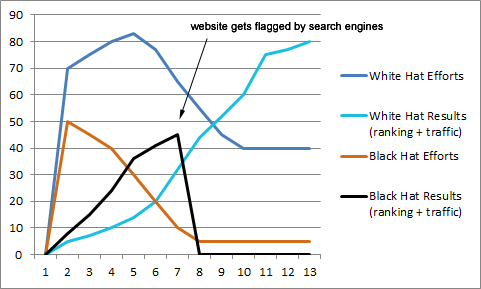
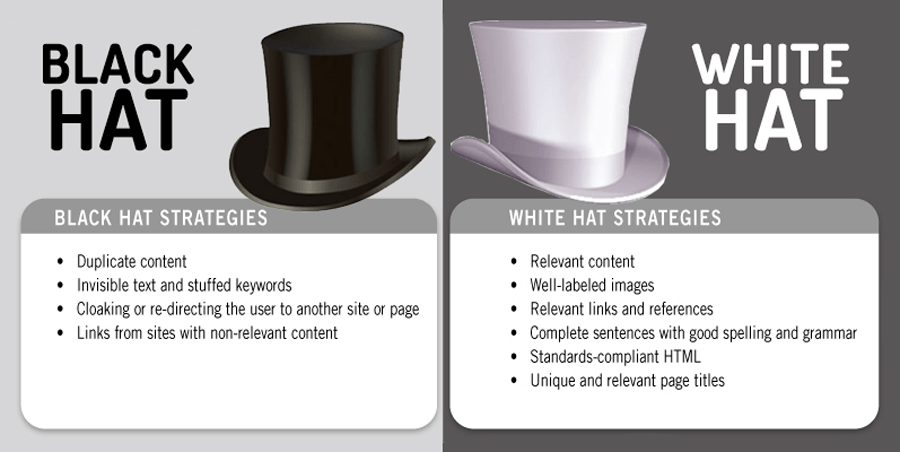

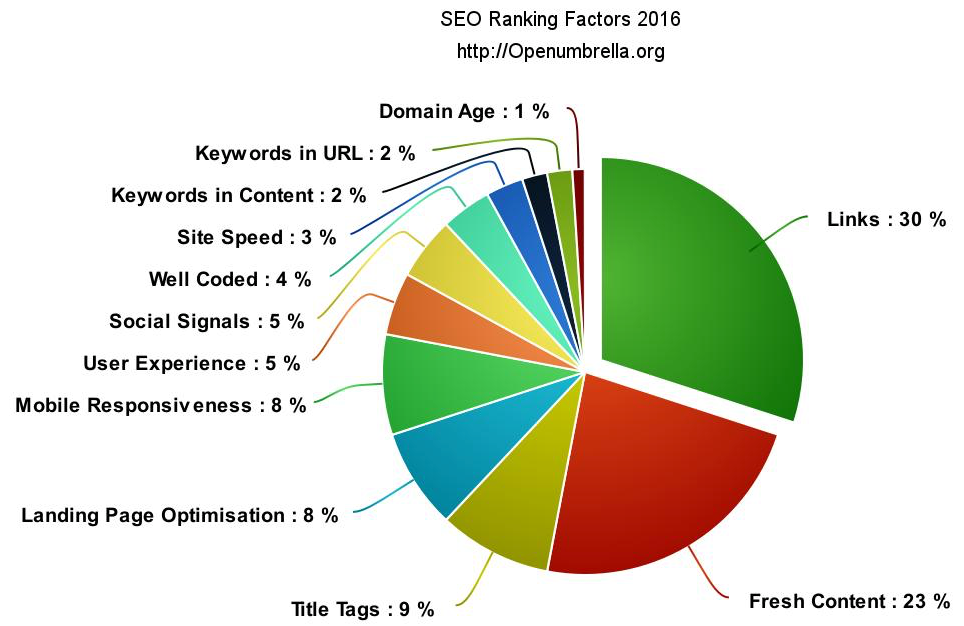

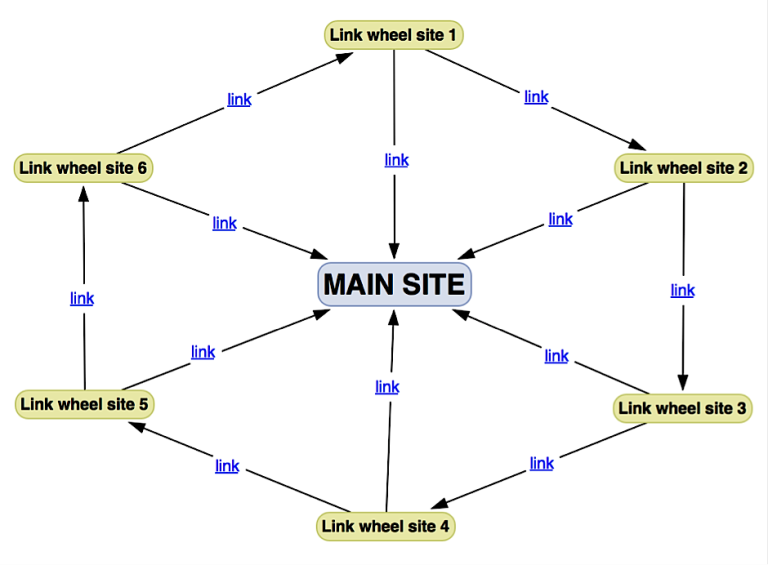
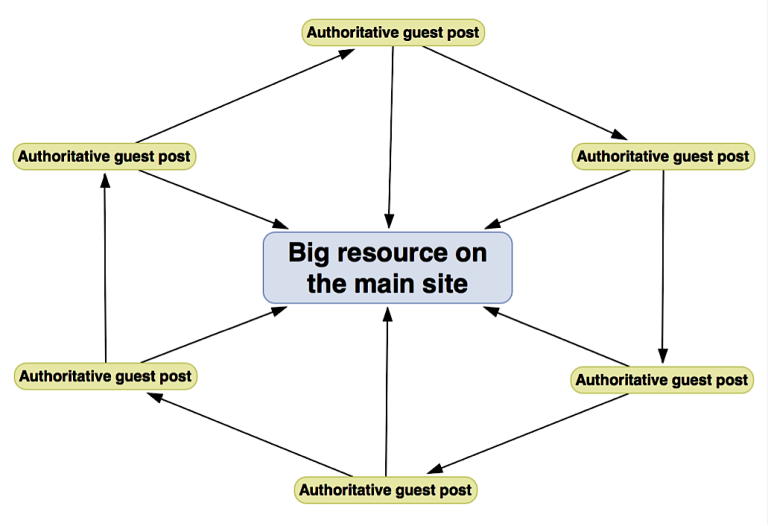




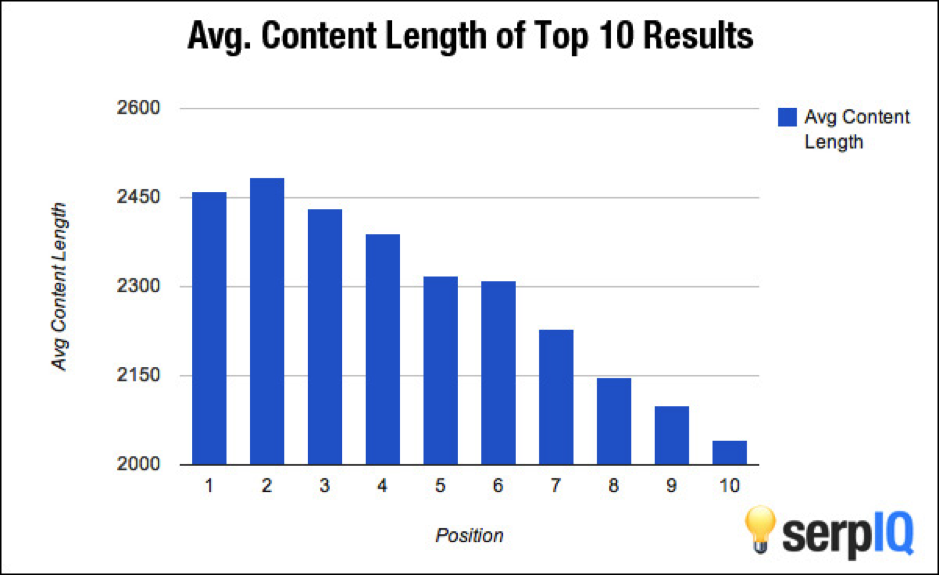
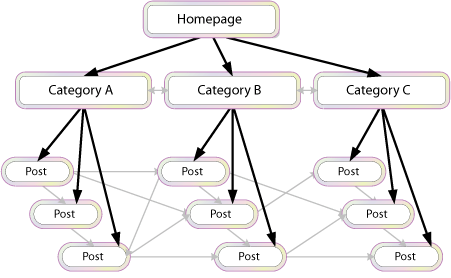


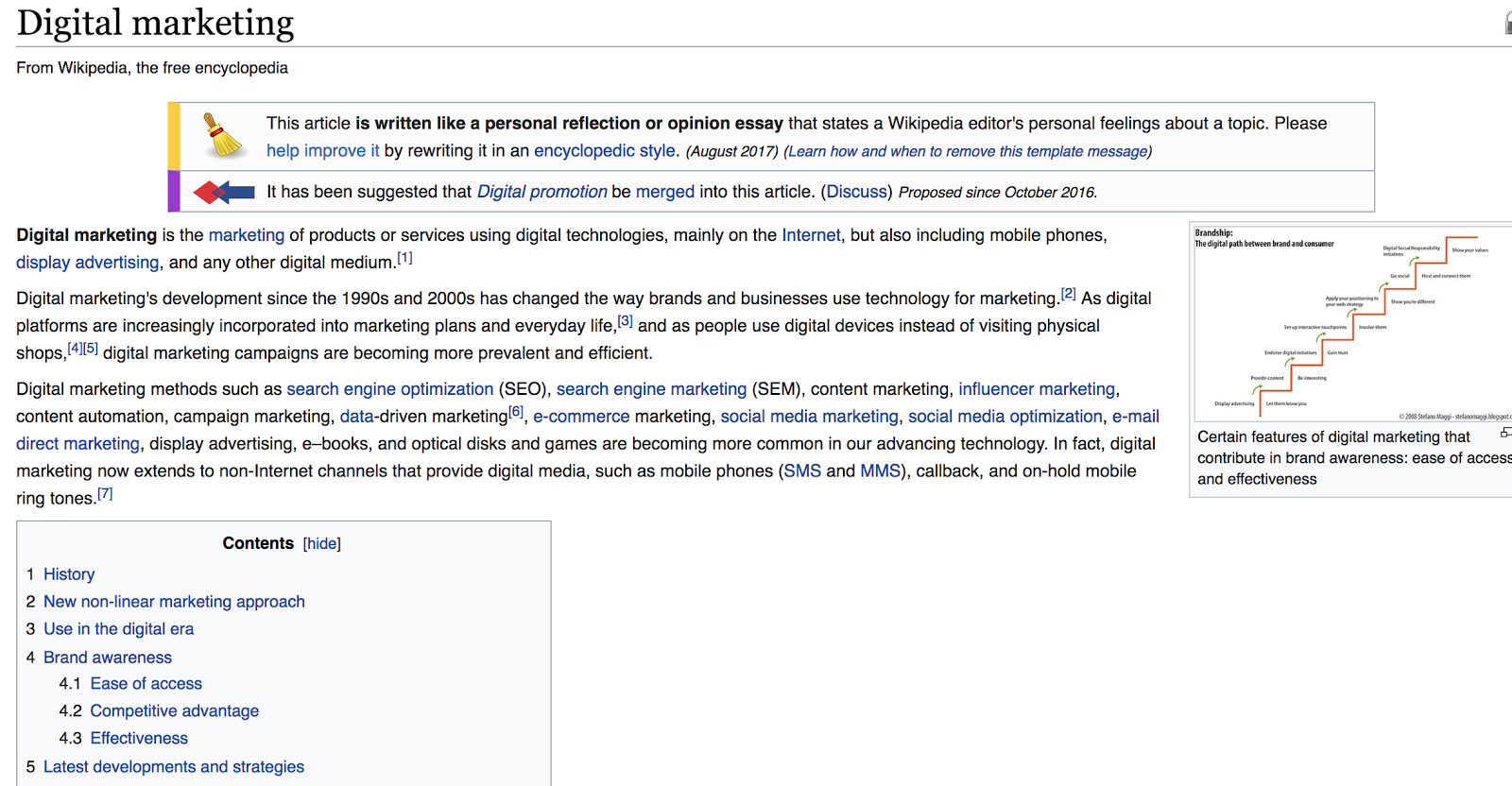
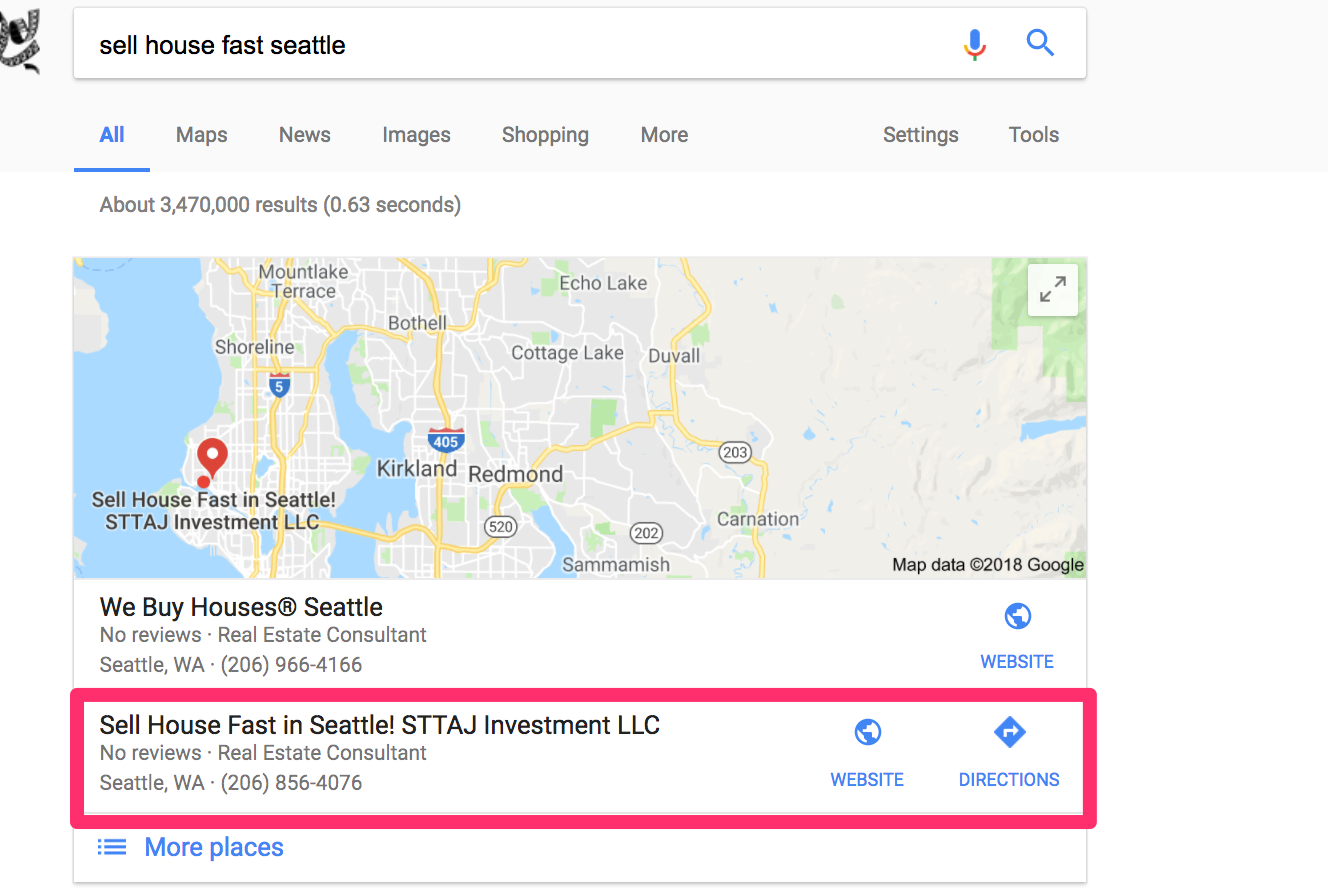
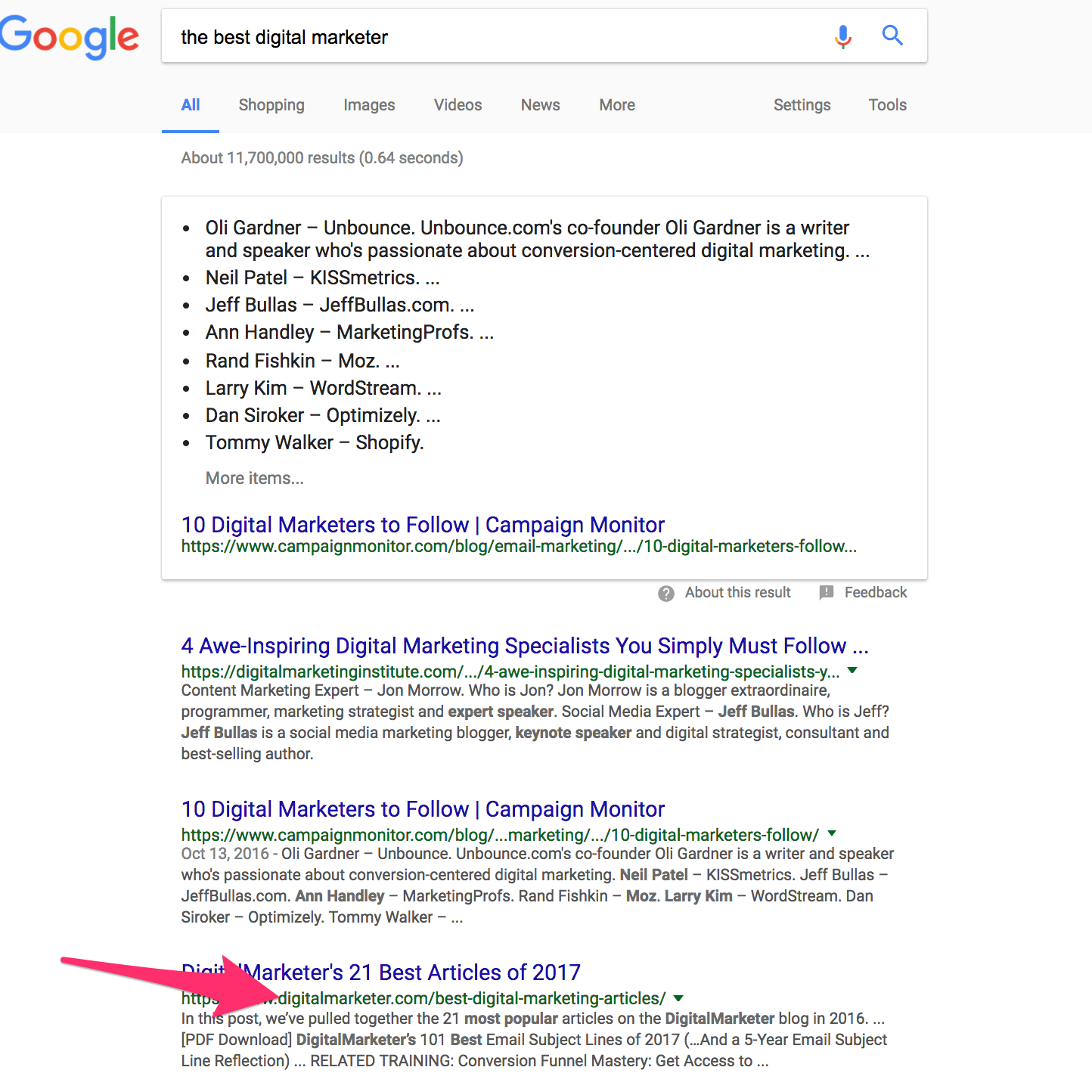

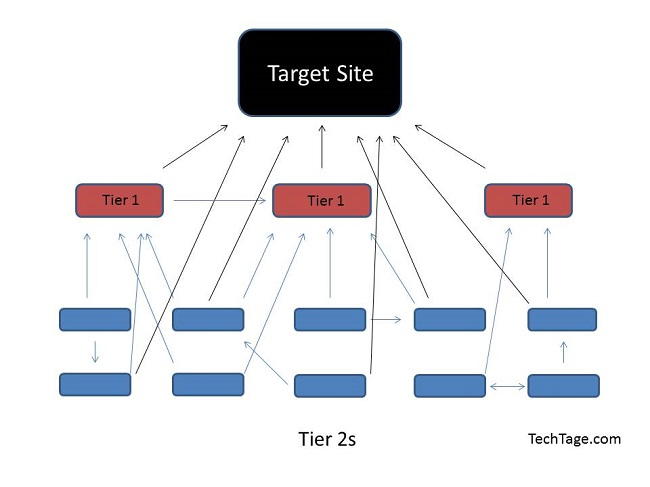
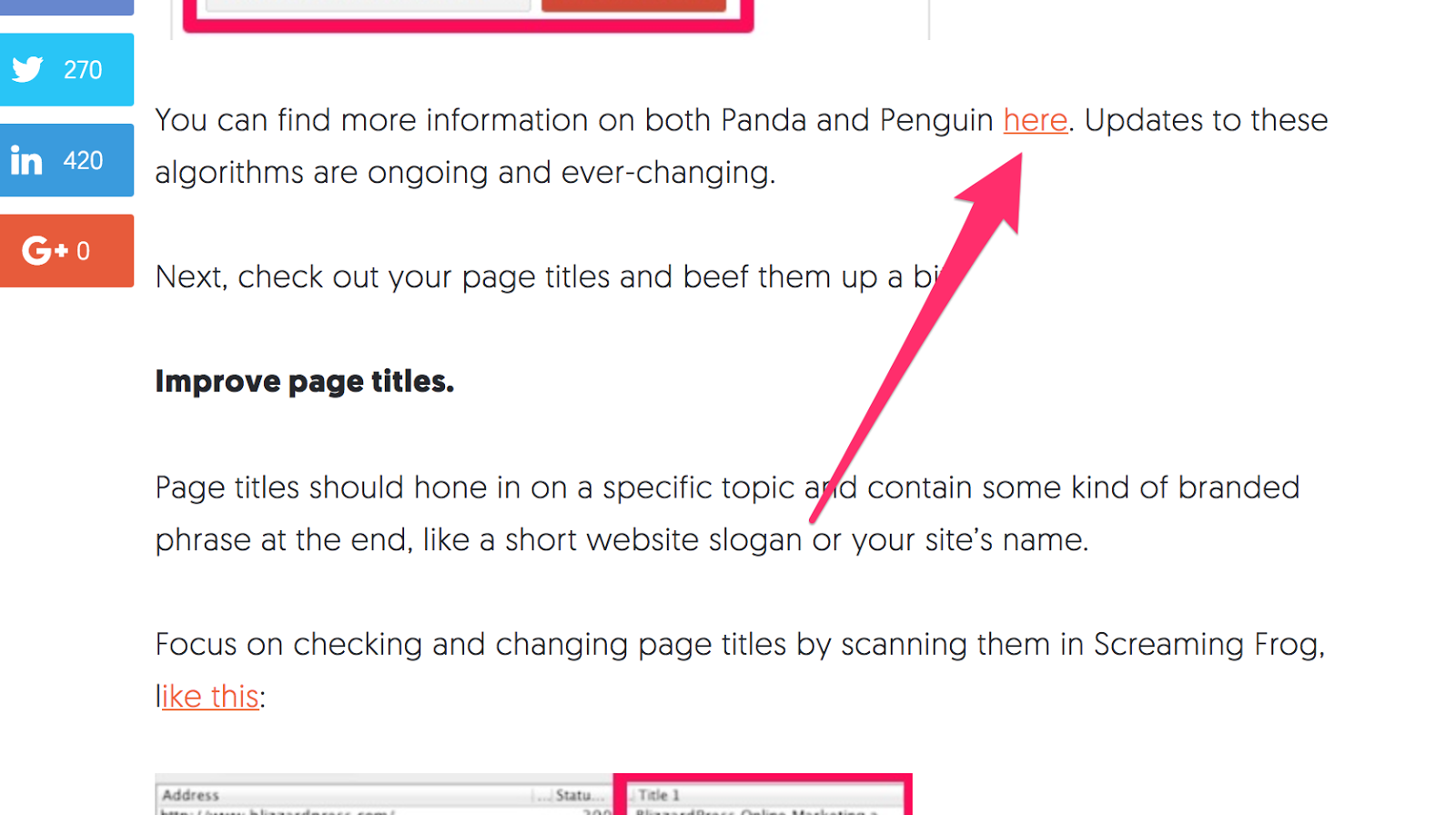
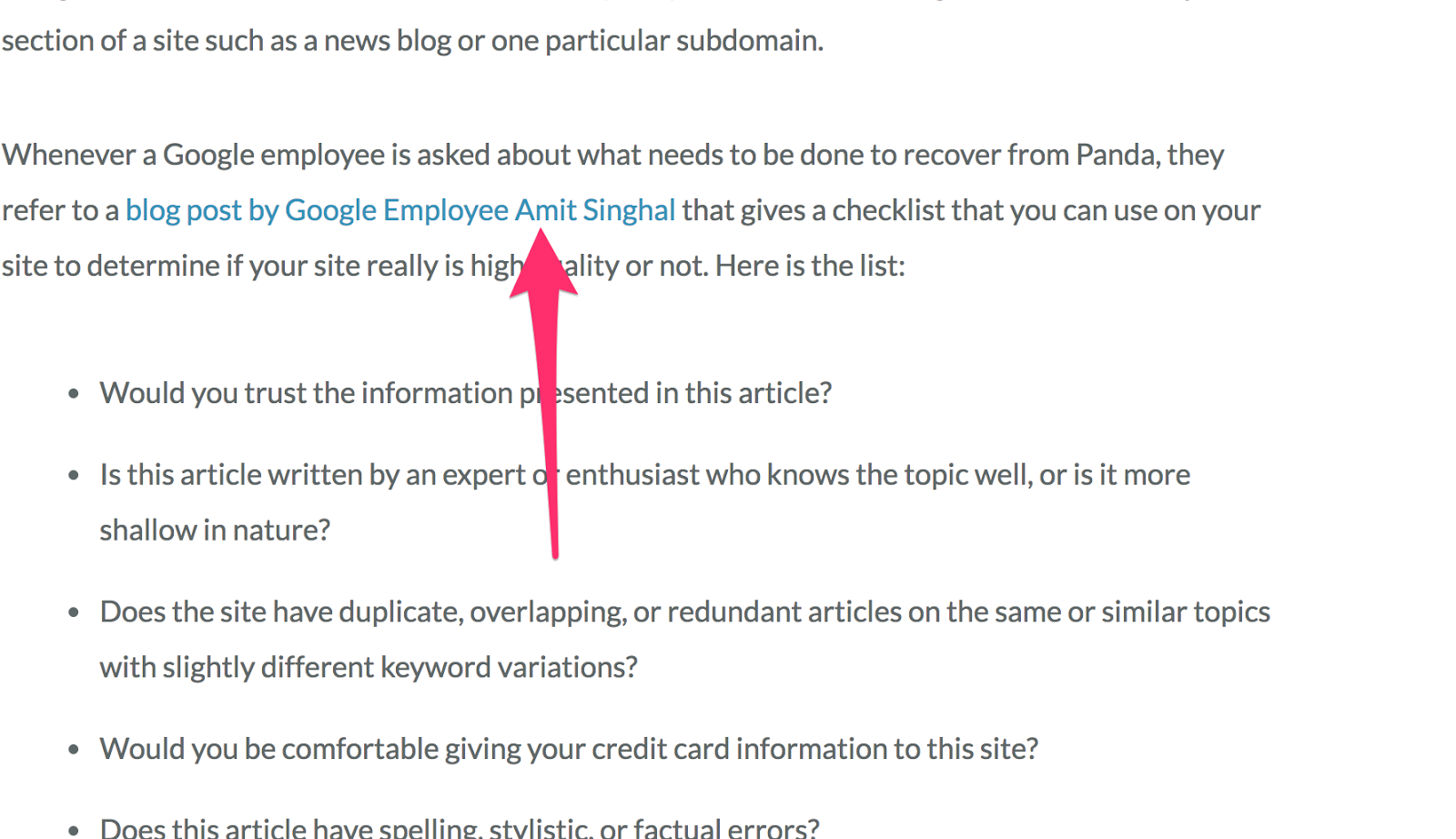

Comments (42)